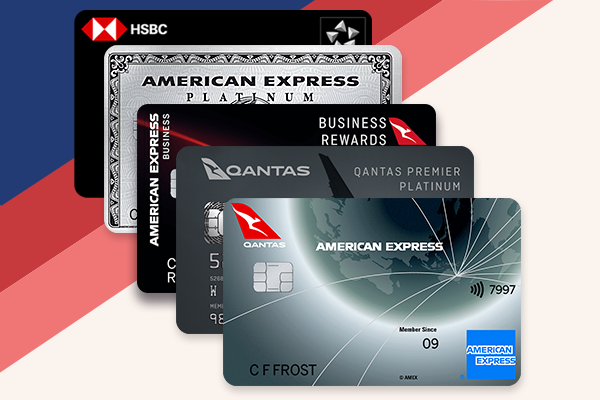markis10
Veteran Member
- Joined
- Nov 25, 2004
- Posts
- 31,891
- Qantas
- LT Gold
- Virgin
- Red
- Oneworld
- Sapphire
I think we may well see the demise of the supplemental seat belt and the requirement for a separate seat for infants based on this:
http://www.casa.gov.au/wcmswr/_assets/main/download/caaps/ops/235_2.pdf
With a lap-held infant restrained by a Supplemental Loop Belt, the adult holding the infant is not provided with an equivalent level of protection to that of a separately seated adult during a severe but potentially survivable accident. The Supplemental Loop Belt is even less effective for the infant as their skeletal structure is unable to cope with any significant load from the 5 cm wide webbing, and the crushing forces applied by the adult torso. While the Supplemental Loop Belt will provide adequate restraint of an infant during turbulence or mild longitudinal emergency loading, such as a rejected take off; to provide an equivalent level of protection for both the adult and infant, it is recommended that any infant be seated in an individual child restraint system in a separate passenger seat.
http://www.casa.gov.au/wcmswr/_assets/main/download/caaps/ops/235_2.pdf

















